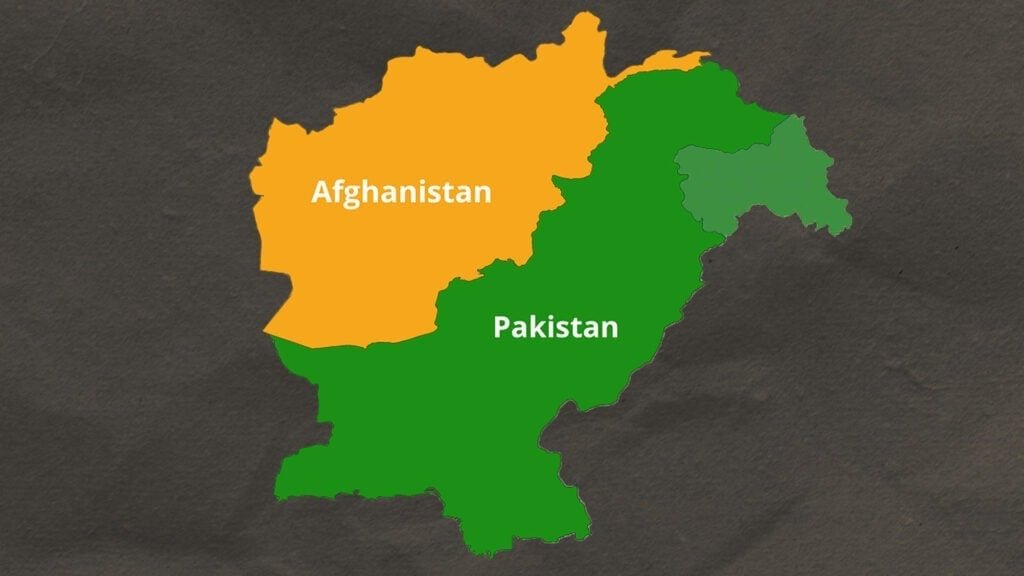Pakistan’s banking sector is grappling with concerning financial metrics, as revealed by the latest A F Ferguson report, Road to Sustainability. The report highlights a sharp decline in the Advance to Deposit Ratio (ADR), which dropped to 37% in June 2024 from 41% in December 2023. Ideally, the ADR should fall between 80-90%, signaling robust credit expansion to the private sector. However, the low ADR points to stagnation in private-sector lending, a problem exacerbated by the negative trend in private sector credit, which saw a reduction of nearly 241 billion rupees between July and October 2024.
The Investment to Deposit Ratio (IDR), conversely, surged to 94% in June 2024 from 88% in 2023, well above the ideal range. This increase reflects the growing interconnection between Pakistan’s government, commercial banks, and the central bank. While the government’s increased borrowing contributes to the high IDR, this dynamic poses risks to the effective transmission of monetary policy and undermines private sector credit, investment, and consumption.
The banking sector’s inability to effectively service key sectors such as agriculture and micro, small, and medium enterprises (MSMEs) is equally alarming. The report reveals that only 25% of the agricultural sector has access to formal banking services, leaving the remaining 75% reliant on the informal sector, where borrowing costs are exorbitantly high. Furthermore, fewer than 3% of MSMEs, despite being a critical part of the economy, are able to access credit through traditional banking channels.
These statistics highlight the shortcomings of the State Bank of Pakistan’s initiatives to improve financial inclusion for marginalized groups, such as the Credit Guarantee Scheme for Small and Rural Enterprises and the Microcredit Guarantee Facility. The lack of tangible progress in this area casts doubt on the effectiveness of these schemes in addressing the real needs of Pakistan’s most vulnerable economic segments.
Moreover, the report underscores that a large portion of government borrowing is channeled into current expenditures rather than development projects that could drive economic growth. This reliance on borrowing for non-productive purposes further strains the banking sector, inflates the IDR, and risks destabilizing the broader economy. The government’s manipulation of the savings rate on government-owned savings centers, linked more to its borrowing needs than to market conditions, exacerbates the issue.
In light of these challenges, experts continue to advocate for significant reforms. Economists have repeatedly called for a drastic reduction in current government expenditures, particularly those benefiting the elite. Additionally, reforms to the pension system, which currently supports only 7% of the labor force, would ease the fiscal burden on taxpayers.
In conclusion, Pakistan’s banking sector is at a crossroads. Without urgent structural reforms in government borrowing practices, financial inclusion efforts, and fiscal policy, the country’s economic stability remains under threat.














